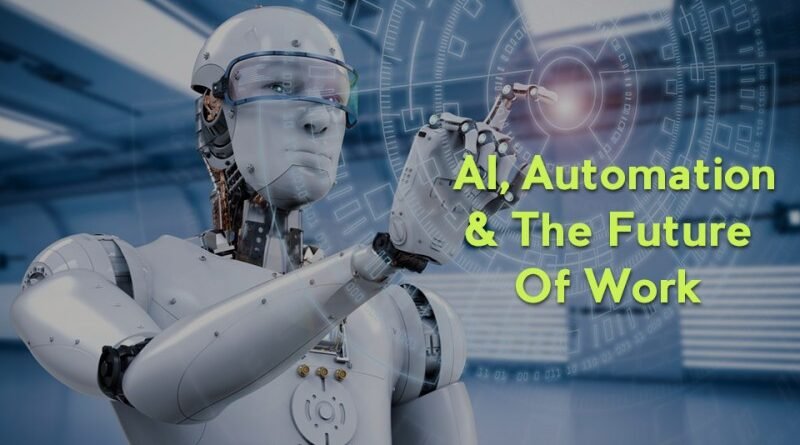In the 21st century, few technologies have sparked as much excitement and concern as Artificial Intelligence (AI). From powering voice assistants to driving autonomous cars, AI is transforming how we live, work, and do business. But as machines become more intelligent, the big question arises: What does this mean for the future of jobs and automation?
🤖 What Is AI and Automation?
Artificial Intelligence (AI) refers to computer systems that can perform tasks typically requiring human intelligence—such as decision-making, learning, problem-solving, and even creativity. Automation, on the other hand, is the use of machines to perform tasks with minimal human intervention.
Together, AI and automation are reshaping entire industries—from manufacturing and agriculture to healthcare and finance.
⚙️ How AI Is Changing the Workforce
1. Replacing Repetitive Jobs
AI is excellent at handling repetitive, rule-based tasks, making it ideal for jobs like:
- Data entry
- Assembly line manufacturing
- Customer service chatbots
- Basic bookkeeping
These roles are being automated rapidly, increasing efficiency and reducing costs for businesses.
2. Augmenting Human Skills
AI isn’t just about replacement—it’s also about enhancement. Many professionals use AI tools to make better decisions, faster:
- Doctors use AI to analyze medical scans.
- Marketers use AI to personalize advertising.
- Financial analysts use algorithms to predict market trends.
Rather than replacing humans, AI in these cases augments human capabilities.
3. Creating New Jobs
While some jobs disappear, new ones are also being created:
- AI specialists and data scientists
- Robotics technicians
- AI ethics consultants
- Prompt engineers
Like past industrial revolutions, technology may eliminate some roles but give rise to others we couldn’t have imagined a decade ago.
📉 What Jobs Are Most at Risk?
Jobs that involve routine tasks, low creativity, and minimal problem-solving are most vulnerable:
- Telemarketers
- Drivers (with the rise of self-driving vehicles)
- Retail cashiers
- Warehouse workers
On the flip side, jobs that require empathy, complex judgment, and human interaction—such as nurses, therapists, teachers, and artists—are less likely to be fully automated.
🌍 Opportunities and Challenges
✅ Opportunities:
- Increased productivity and innovation
- Safer working environments (especially in hazardous industries)
- More time for humans to focus on creative or strategic tasks
❌ Challenges:
- Job displacement and unemployment in some sectors
- Inequality between high-skill and low-skill workers
- Need for reskilling and lifelong learning
- Ethical issues like bias in algorithms and data privacy
🧠 Preparing for an AI-Driven Future
To thrive in the age of AI, workers and employers must adapt:
- Learn new skills: Digital literacy, coding, data analysis, and creative thinking are in high demand.
- Embrace lifelong learning: Continuous training is essential as job roles evolve.
- Focus on human strengths: Communication, emotional intelligence, and leadership remain vital.
Governments, educators, and businesses must collaborate to support workforce transitions and ensure technology serves everyone—not just a few.
🧭 Conclusion: Friend or Foe?
AI and automation are not the end of human jobs—they are a new chapter. Like electricity or the internet, AI has the power to uplift society or deepen divides, depending on how we manage it.
The future isn’t about humans vs. machines—it’s about humans working with machines to build a smarter, more efficient, and more inclusive world.

